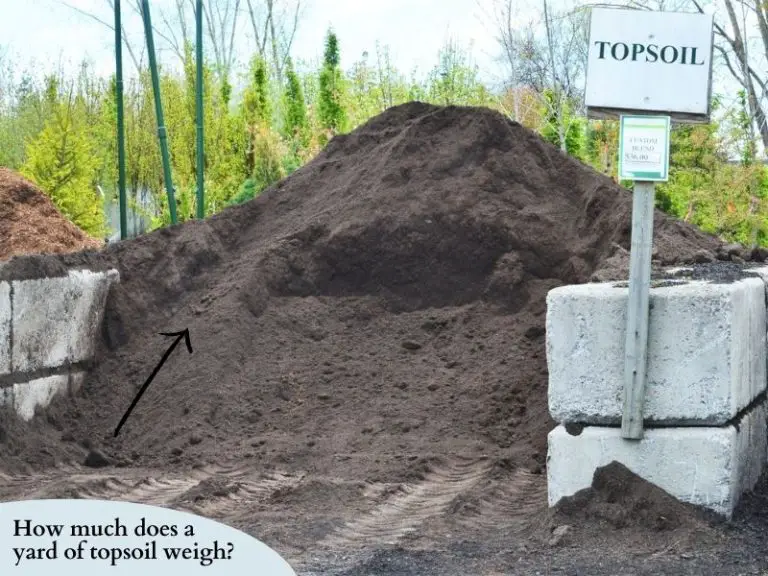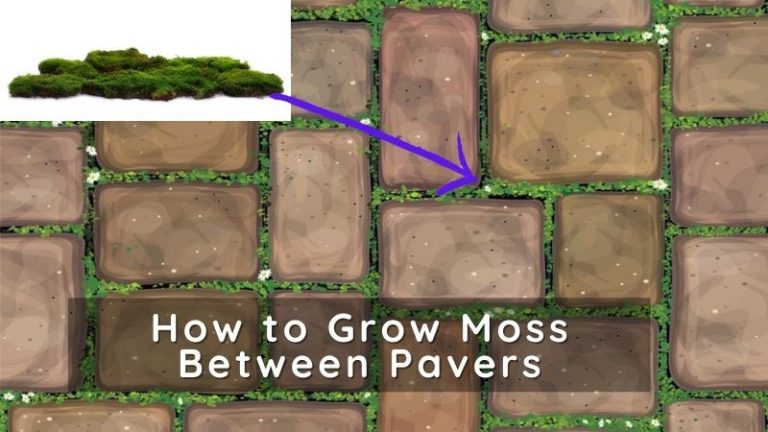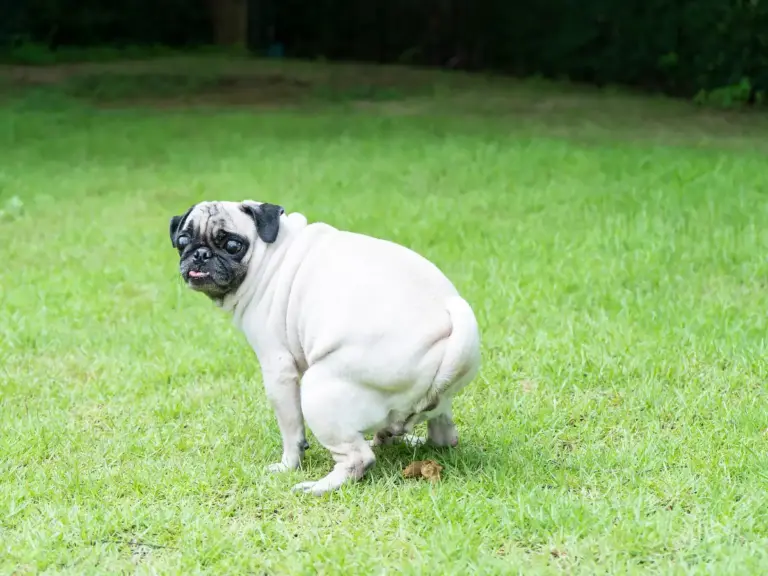How to Use Crusher Run for Driveway
Crusher run also referred to as quarry process stone, is a type of gravel that consists of coarse aggregate (crushed gravel) and fine aggregate (limestone dust). The crushed stone particles are typically ¾-inches in diameter, while stone dust particles are usually 1/8-inches wide or smaller. Crusher run is commonly used in driveways as a base material, but can also be laid on the top layer of the driveway.
Is crusher run good for driveway?
Crusher run (crush and run gravel) is usually used as a base layer in concrete or paved driveways and patios due to its excellent compaction and drainage properties. However, some homeowners also prefer to use crushers run on the top layer of their gravel driveways.
The secret to crusher runs great compaction capabilities is the higher percentage of crusher dust, which penetrates the voids between the larger gravel pieces to form a semisolid surface. Meanwhile, the angular limestone rocks interlock well for enhanced stability.
Crusher-run gravel is also revered for its affordability compared to many other driveway materials. And with proper maintenance, this type of driveway surface can last for several years. For a surface that has great load-bearing capabilities, consider installing a crusher run on your driveway.
How to lay crusher run on driveway
You can use crusher run as the upper, decorative layer on your driveway. You may also opt to install a crusher run as the base layer for a paved driveway, as it makes the paved hardscape more permeable and enhances its structural stability.
How to lay Crusher Run as the Top Layer of your Driveway
Due to its excellent compaction properties, quarry process stone can be used as driveway material without a top layer above it. With the proper equipment and some effort, you can effectively build a crusher-run driveway by yourself.
- Start by mapping out your driveway boundaries, then dig out a one-foot deep trench using a skid-loader or spade. A crush and run driveway that’s less than one-foot deep is unlikely to last under constant pressure of vehicular traffic.
- Next, cover the entire trench with landscaping fabric to stop weeds from sprouting on your crush and run driveway in future. Use a utility knife to cut the fabric to size.
- Now, fill the trench halfway (6-inches deep) with large gravel stones to form your base layer. Then, rake the stones for a uniform spread before tamping them down into position with a mechanical roller.
- Finally, lay your crusher run gravel to form the top layer of your driveway. This layer should also be raked and tamped down. It’s also advisable to create a crown at the center of the driveway for better drainage.
Note: The crown in the middle part of the quarry process stone driveways that sits slightly higher than the sides to facilitate optimal drainage of rainwater.
How to lay Crusher Run as the Driveway Base Layer
Crusher run is also commonly used as the base layer in travertine block or brick-paved driveways. The compact and stable crusher-run bedding prevents the pavers from shifting or dipping in certain sections. Here’s a detailed guideline on how to install a crusher run as the base layer of your driveway.
- Mark out your driveway area using chalk, then, use a digging tool to excavate soil from the demarcated area to a depth of 12-inches.
- Next, install geotextile over the excavated area to prevent weed growth and also encourage better settling of your driveway.
- After laying down geotextile, pour and spread the crusher run along the entire length of the driveway excavation, before tamping it down to the desired level.
- Next, position edge restraints along the edges of the crusher run bedding to prevent the crusher run particles and sand bedding from moving out of place as you proceed with installation.
- With the crusher run sub-base already installed, lay a bedding of sand over the crusher run to prevent the erosion of paving joint sand. This sand bedding will sit directly underneath the paving blocks.
- After laying the sand bedding, lay your paving blocks/bricks, ensuring to position them close together. Meanwhile, use a masonry chisel or diamond saw to cut edge pavers to size.
- Next, pour joint paving sand (polymeric sand) to fill in the gaps between the paving blocks and prevent the sprouting of weeds.
- Finish off the project by sealing the paver joints using a sand binding sealant. This type of sealer further prevents the sprouting of weed, while also preventing rainwater from eroding the joint sand below.
Crusher run driveway cost
Crusher runs gravel costs an average of $0.40 per square foot, making it one of the most affordable driveway materials. A ton of crush and run gravel will only cost you about $28. Meanwhile, if you’re hiring a professional to get the job done, you’ll spend about $30 per hour in labor costs.
Other cost considerations when installing a quarry process stone driveway include the costs of renting a mechanical roller and the price of material delivery to the site. Take note, too, that it’s relatively cheaper to build a driveway made of crusher run alone, compared to one that has crusher run as the bedding with paving blocks at the top.
Is crusher run cheaper than gravel?
At $0.40 per square foot, crusher run is significantly cheaper than regular gravel, which sells at about $0.70 per square foot. A ton of plain gravel sells at an average price of $50, which is about $20 dollars more than the price of a similar amount of crusher run.
Does crusher run drain well?
Crusher run boasts better drainage capabilities than several driveway bedding materials. In fact, sand is one of the few materials that drains better than crush and run gravel. The mixture of fine aggregate and coarse aggregate creates a low void surface that allows water to easily seep through it without compromising on compaction and stability.
References
- Oregonstate.edu: How to Install Pavers?




